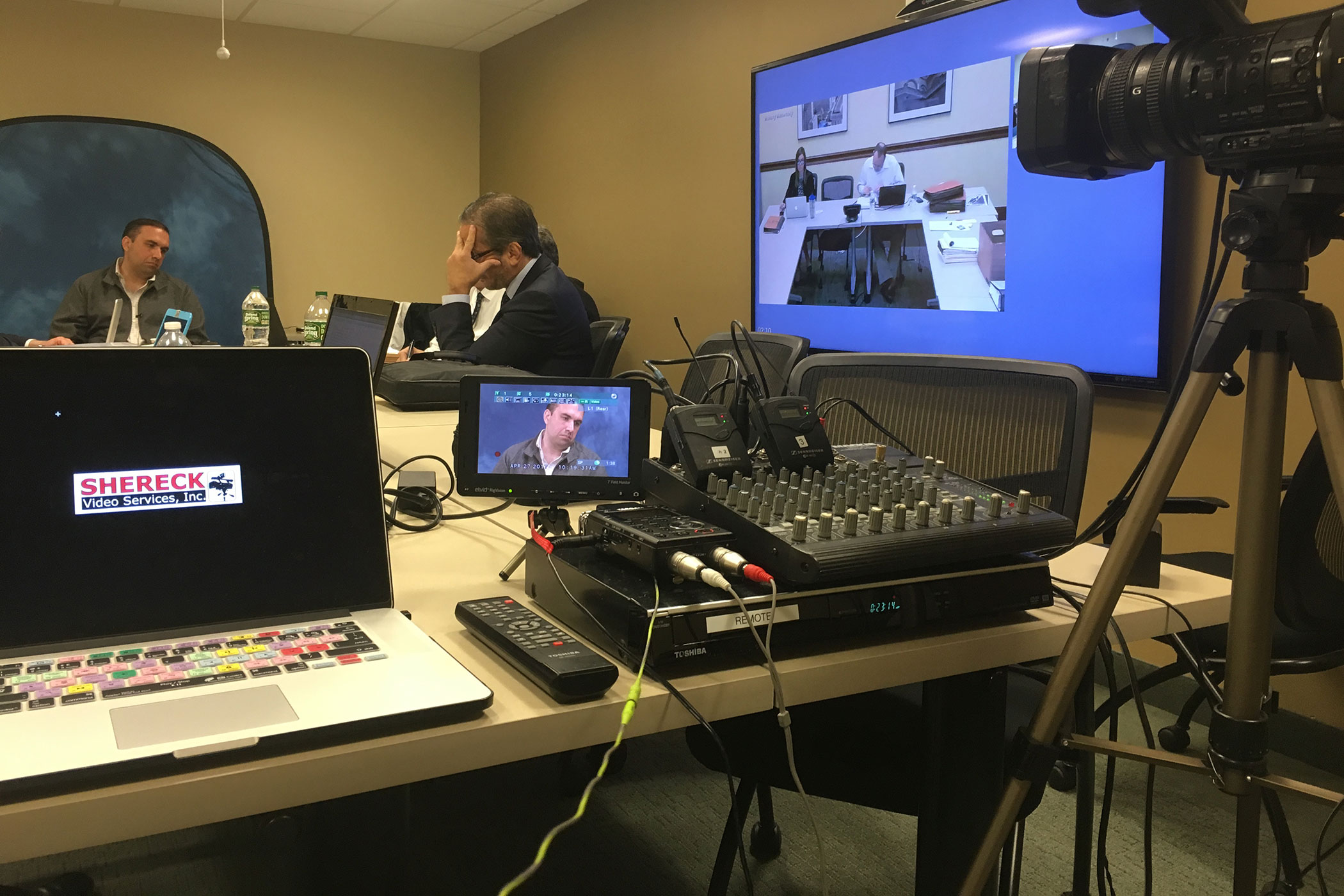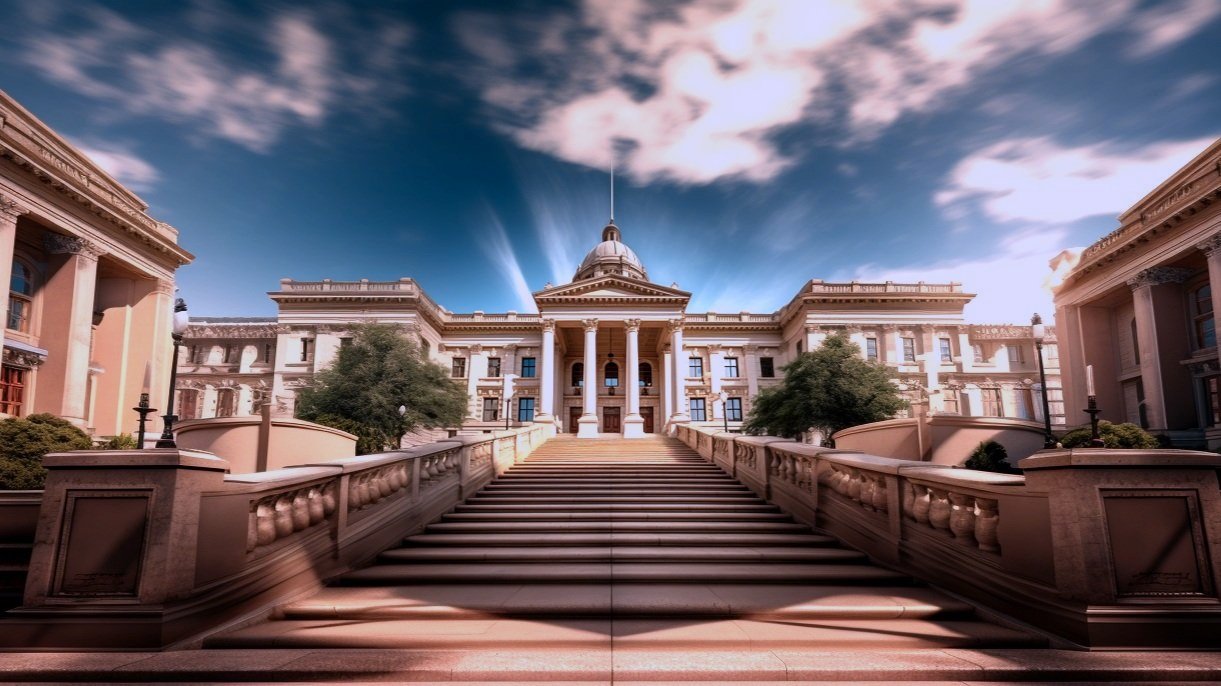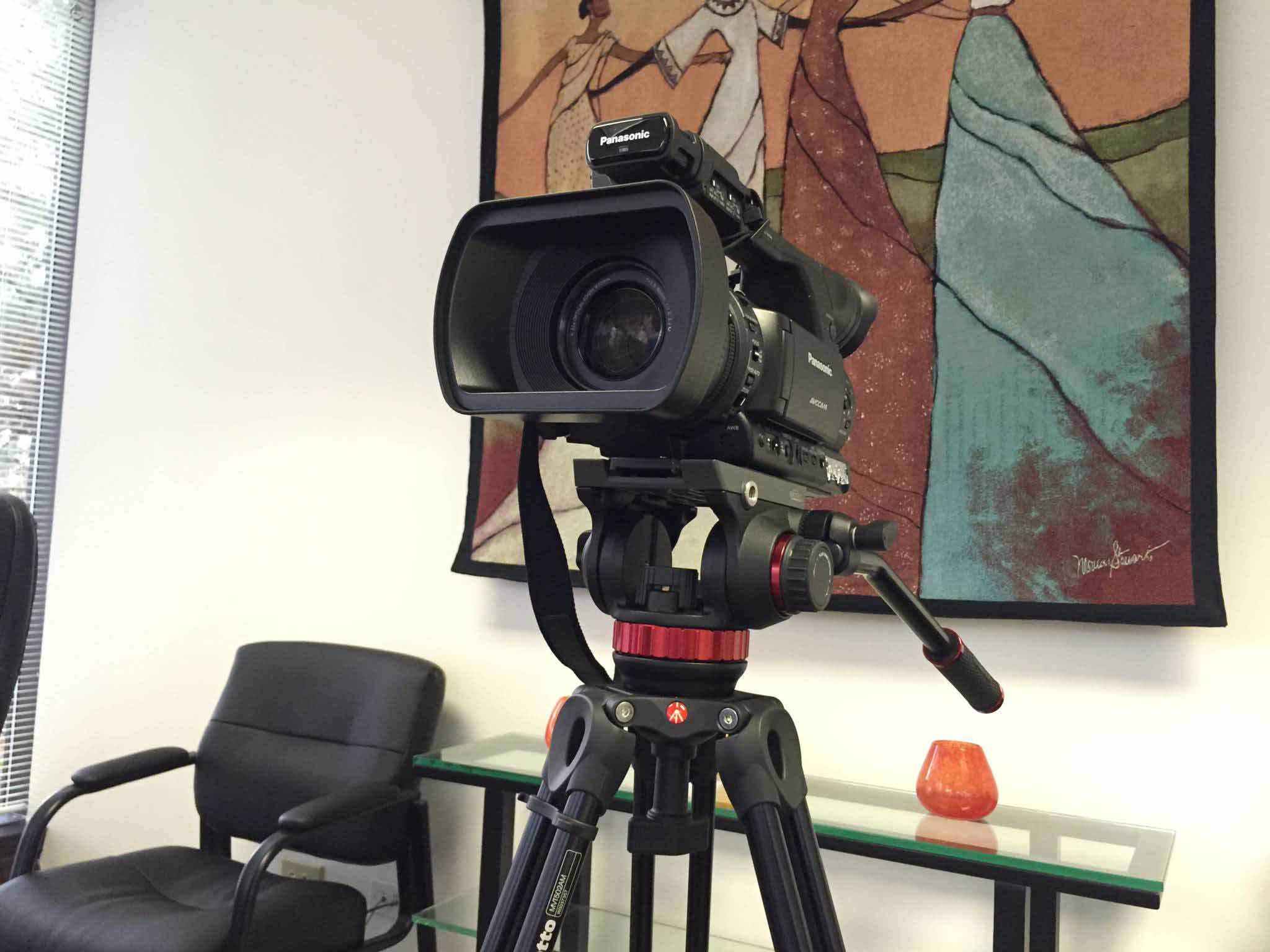The Function of Legal Videography in Modern Legal Procedures
The Function of Legal Videography in Modern Legal Procedures
Blog Article
Looking Into the Mechanisms of Legal Videography: Unveiling Its Procedure in Safeguarding Authentic Visual Testimony for Judicial Proceedings
In the realm of judicial process, the role of legal videography stands as a foundation in preserving and presenting aesthetic evidence. As technology remains to development, the mechanisms behind legal videography have ended up being increasingly intricate, supplying an essential layer of credibility to testimonies recorded on video clip. By delving right into the functional intricacies of legal videography, one can reveal the meticulous procedures that protect the honesty of aesthetic proof provided in courts - Legal Videography. This exploration not just clarifies the historical advancement of legal videography but also hints at the future trends that might further change how aesthetic statements are upheld in the realm of justice.
Historical Development of Legal Videography
Examining the historic development of legal videography discloses a considerable change in the recording and discussion of aesthetic evidence within the lawful landscape. In the past, legal procedures heavily counted on created transcripts and photos to document events and offer proof. Nevertheless, with the development of video clip modern technology, the legal sector witnessed a paradigm shift in how aesthetic testament was caught and provided.
The development of lawful videography can be mapped back to the late 20th century when advancements in video clip recording tools made it much more obtainable for usage in court rooms. This technical improvement not only improved the accuracy and integrity of aesthetic proof but additionally changed the means instances existed to courts and judges (Legal Videography). Attorneys started to acknowledge the convincing power of video recordings in sharing emotions, subtleties, and non-verbal signs that created transcripts or pictures alone can not record effectively

Technology Innovations in Video Documents
What key technical advancements have revolutionized video clip documents in the lawful field? The lawful area has seen considerable improvements in video documentation innovation that have actually enhanced the authenticity and dependability of aesthetic evidence in judicial proceedings. Among the key improvements is high-def (HD) video clip recording abilities, which provide crystal-clear images and sharp information that are essential for precisely capturing statements, face expressions, and other aesthetic hints. Additionally, the integration of timestamping and metadata features in video documents devices has actually enabled exact documentation of when and where the video was recorded, guaranteeing the integrity of the evidence offered in court.
Additionally, advancements in video clip encryption and watermarking modern technologies have actually strengthened the security and tamper-proof nature of video clip evidence, protecting it against unauthorized changes or tampering. Additionally, the development of cloud storage solutions and remote accessibility capacities has structured the storage space, retrieval, and sharing of video clip proof, facilitating seamless partnership among lawful professionals and guaranteeing effective accessibility to crucial aesthetic testaments when needed. These technological developments in video clip paperwork have actually undoubtedly revolutionized the lawful area, enhancing the accuracy, credibility, and admissibility of visual evidence in judicial proceedings.
Role of Legal Videographers in Courtroom Settings
The evolution of video clip documents innovation in the legal area has required an essential duty for legal videographers in court setups, making certain the honesty and reliability of visual testimonies presented during judicial proceedings. Lawful videographers play a basic duty in catching and protecting precise aesthetic evidence that can be critical in court cases. Their responsibility includes establishing up equipment, recording process, and producing premium video clips that accurately show the occasions in the court.
In court room settings, legal videographers should stick to rigorous standards and standards to keep the authenticity of the aesthetic record. They must possess a keen eye for detail and a thorough understanding of legal procedures to guarantee that the video they catch is a real depiction of the events that took place. Furthermore, legal videographers typically function closely with lawful groups to make sure that the video clip evidence lines up with the instance's demands and can be successfully presented in court to support the legal arguments being made. On the whole, the duty of lawful videographers in court room setups is vital in supporting the concepts of justice and ensuring the transparency of legal procedures.

Ensuring Admissibility and Integrity of Video Clip Evidence
To maintain the credibility of visual evidence presented in lawful procedures, ensuring the admissibility and integrity of video clip evidence is an important obligation for legal videographers. Admissibility describes the acceptance of evidence by the court, and for video proof to be permissible, it has to fulfill certain requirements. Legal videographers play a crucial function in making sure that the videos they record abide by the guidelines of proof, such as reliability, credibility, and relevance.
Integrity of video proof includes preserving the originality and accuracy of the video footage from the moment it is tape-recorded till it is offered in court. This includes securely keeping the video documents, recording the chain of custodianship, and avoiding any kind of meddling or modifications. Lawful videographers must comply with rigorous procedures to assure the honesty of the video clip evidence and avoid any obstacles to its authenticity.
Future Trends in Legal Videography
Provided the check my reference raising reliance on technology in legal procedures, lawful videographers are positioned to welcome cutting-edge innovations forming the future of aesthetic statement capture and discussion. One of the prominent patterns imminent is the integration of virtual fact (VIRTUAL REALITY) and enhanced reality (AR) technologies into legal videography. These innovations have the prospective to transform exactly how aesthetic proof exists in courts, enabling juries and courts to immerse themselves in the scene of the crime or case.
Moreover, using expert system (AI) formulas for video analysis is expected to simplify the process of reviewing and assessing huge amounts of video clip footage. AI can assist in identifying vital minutes, anomalies, and patterns within video clips, boosting the performance of legal investigations.

Final Thought
To conclude, lawful videography has actually played a vital duty in offering authentic visual proof for judicial process. With technological improvements and the competence of lawful videographers, the stability and admissibility of video evidence are made certain in Read More Here court room setups. As legal videography remains to develop, it will certainly be important to copyright criteria that maintain the accuracy and dependability of visual testament for the future of lawful proceedings.
Taking a look at the historic development of legal videography reveals a substantial transformation in the catching and discussion of visual evidence within the lawful landscape.The evolution of video documentation technology in the legal area has required a vital role for lawful videographers in courtroom settings, making certain the integrity and integrity of aesthetic testimonies presented during judicial process. In addition, lawful videographers often function closely with lawful teams to ensure that the video evidence lines up with the situation's needs and can be effectively presented in court to support the legal disagreements being made.To preserve the credibility of aesthetic proof presented in legal procedures, guaranteeing the admissibility and integrity of video proof is a crucial duty for lawful videographers. As lawful videography continues to progress, it will certainly be necessary to promote standards that maintain the accuracy and integrity of aesthetic testimony for the future of legal procedures.
Report this page